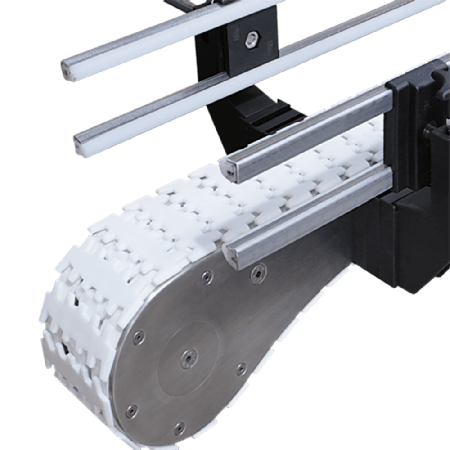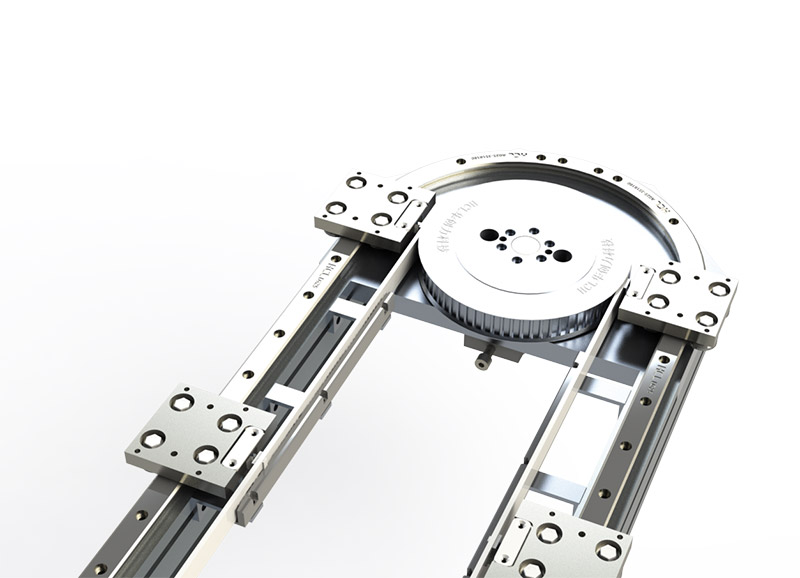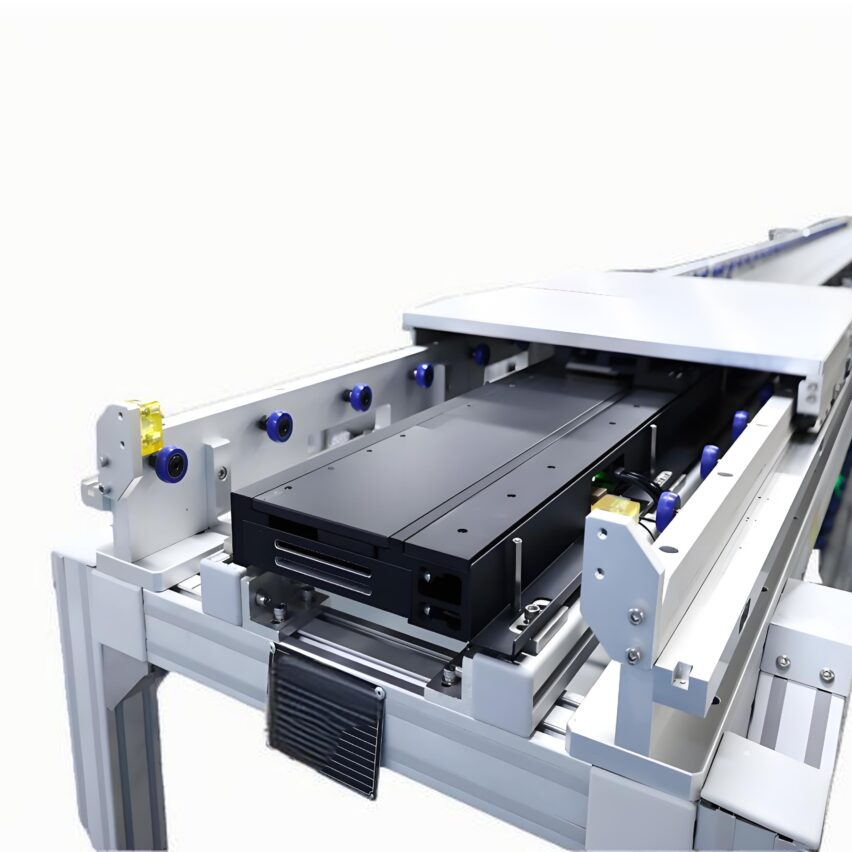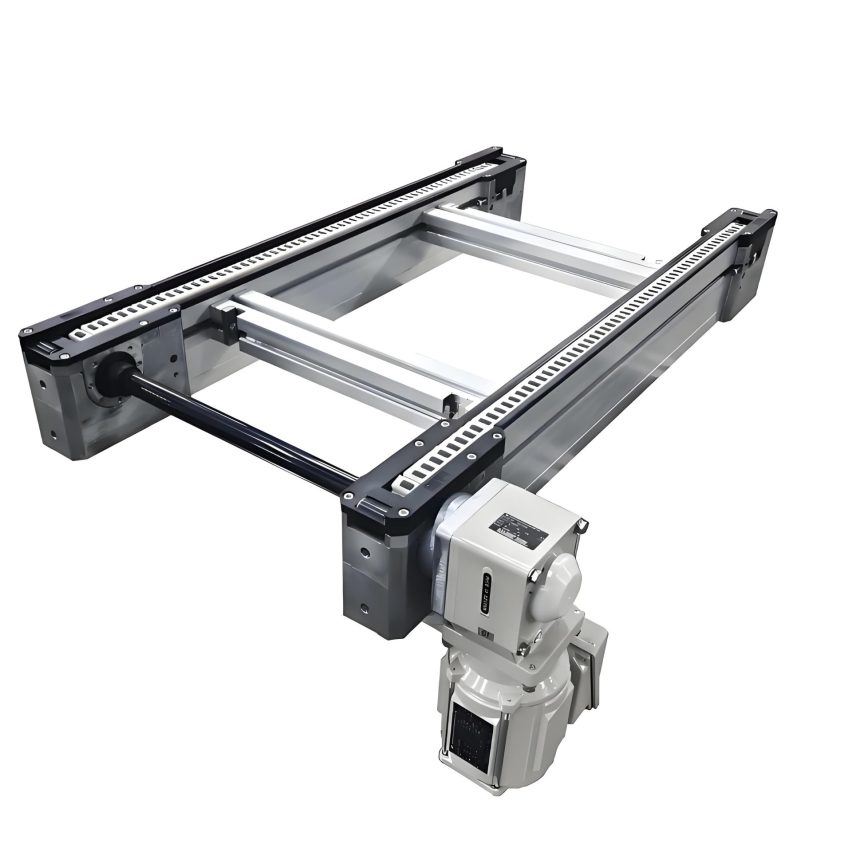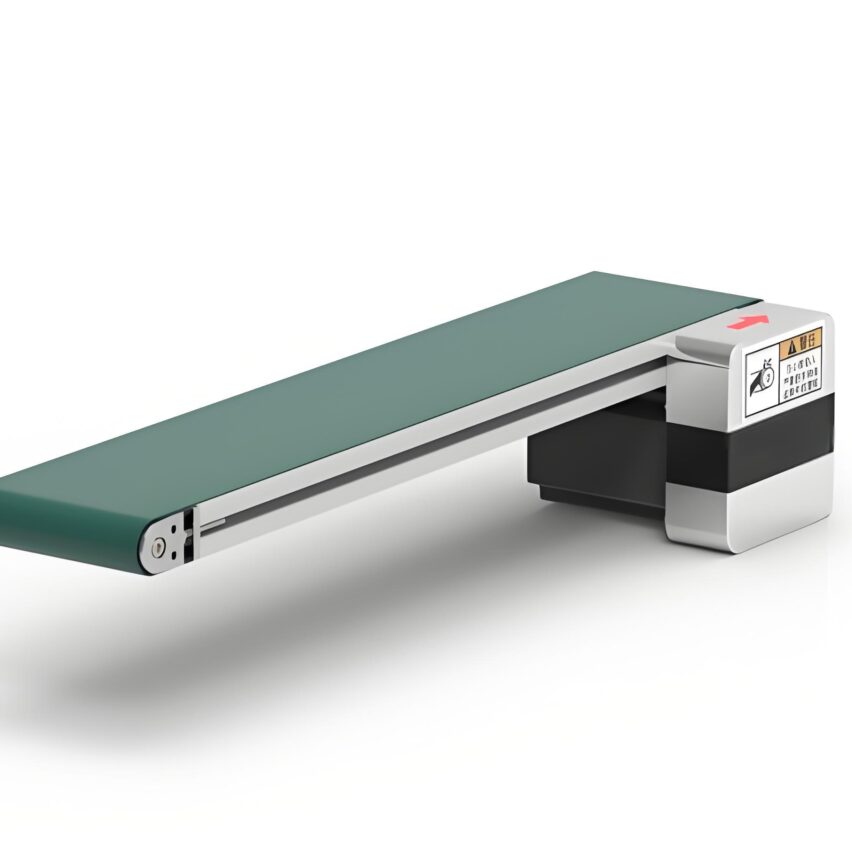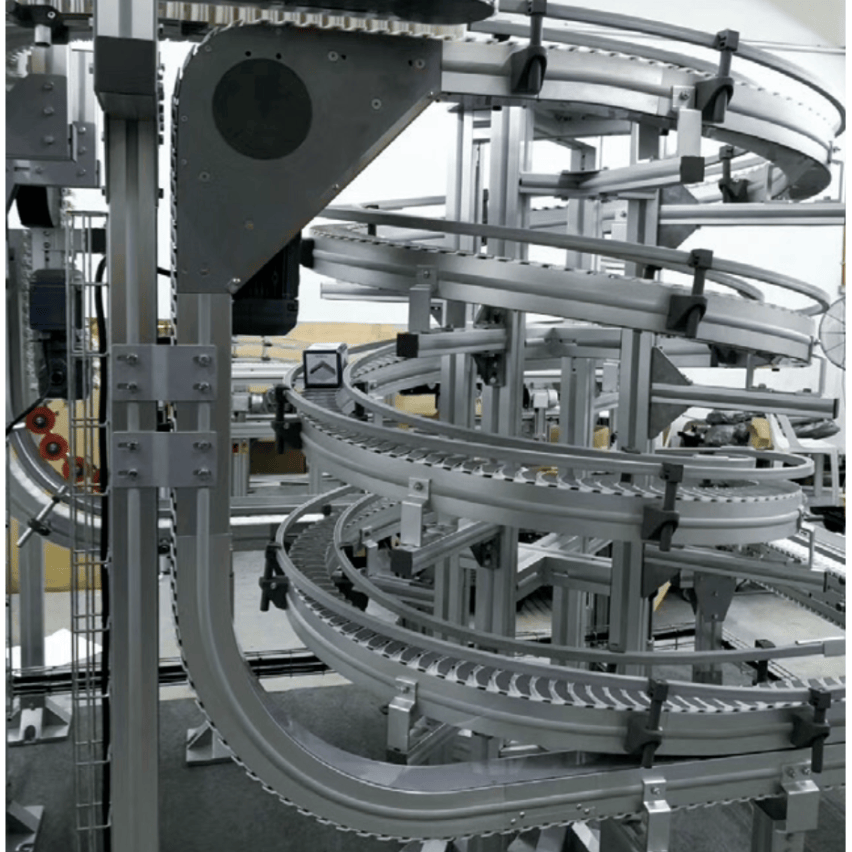⚙️ I. Core Technology Principles: From Mechanical Transmission to Intelligent Beats
The essence of the assembly line is the reorganisation of time and space--Transforms discrete production actions into a continuous flow system through process decomposition and collaborative parallelism. The core logic lies in:
- Controlling the beat: Driving full-process synchronisation at fixed intervals (e.g. 60-second beats on an automotive assembly line) ensures a seamless transition between processes.
- Process synchronisation: Eliminate bottlenecks by adjusting the process so that the time consumed in each step converges to a beat or integer multiple ratio.
- closed one-way flow: Material moves unidirectionally along a linear path, avoiding backflow crossings and completing processing in the shortest path.
Dynamic Accumulation TechnologyThe breakthroughs in the assembly line from "rigid" to "flexible":
The speed multiplier chain multiplies the speed of the pallet by the difference in roller diameters (e.g. 1m/s for the chain, 3m/s for the pallet), and with the blocker it achieves a "pause in the flow" that decouples the work station operation from the main line conveyor.
🔧 II. System Composition: Engineering Intelligence for Modular Design
Conveyance carriers determine scenario boundaries
| typology | load capacity | speed range | typical scenario |
|---|---|---|---|
| belt line | ≤30kg | 0.5-5m/s | Food packaging, light assembly |
| Roller assembly line | ≤500kg | 1-10m/min | Pallet conveying, heavy-duty logistics |
| doubled speed chain | ≤200kg/m | Workpiece plate 3x speed | Electronics, appliance assembly |
| plate and chain line | ≤2000kg | 2-20m/min | Automotive Painting, Construction Machinery |
Intelligent evolution of drive systems
- Distributed servo control: Instead of centralised drive, independent motors respond to beat fine-tuning every 10 metres, reducing energy consumption by 22%.
- Conductive wheel-slip line power supply: Workpiece boards operate under power and support on-line testing (voltage fluctuation ≤±0.5V).
The Invisible Revolution in Workplace Panels
Carbon fibre material reduces weight by 40%, embedded RFID chip enables full-process traceability, and mismatch rate of a factory is reduced to 0.001%.
🏭 III. Application scenarios: the art of balancing efficiency and flexibility
Automotive manufacturing: a model of rigidity and flexibility
- Body welding line: Robot completes 5000 spot welds with accuracy of ±0.1mm, and the beat is compressed to 45 seconds/set.
- mixed flow production: Production of 3 models on the same line, automatic switching of workpieces through RFID identification, changeover time of 8 minutes.
Electronics industry: the dance of millimetre precision
- SMT placement line: 3x speed chain + vision positioning system, motherboard placement cycle time reduced from 120 seconds to 75 seconds, yield increase of 2.3%.
The food industry: a win-win situation for hygiene and efficiency
- 304 stainless steel drum + antimicrobial coating, resistant to high pressure rinsing;
- Filling-capping-labelling integration, processing 12,000 bottles per hour, with microbiological contamination reduced by 90%.
⚠️ IV. Deadly Mistakes: The Dark Trap of Selection and O&M
Three minefields of selection
- Neglect of tension calculations: Unaccounted-for formula for an injection moulding plant
Fe = g-(m-Lc-μ + (m+M)-(m+M)-(Lc-A)-μ)The motor will burn out due to overloading. - Lack of environmental adaptation: -25℃ cold chain with ordinary grease, bearing freeze cracked downtime 47 hours.
- Pseudo-beat optimisationBlindly increasing the speed to 20m/min caused the workpiece to shift, and the actual capacity decreased by 15%.
Maintaining the Black Hole Alert
- Insufficient lubricationIncreased chain wear and shortened life of 60% (measured data: only 4,000 hours of life under oil deprivation).
- horizontal misalignment: The guide rails were tilted by 0.5mm/m, resulting in roller deflection grinding and replacement costs of up to 10% for the entire line.
🛠️ V. Smart Upgrade: The Data-Driven Factory of the Future
Digital Twins Reconfigure Production Line Logic
- Virtual Line Simulation Accumulation Strategy for Suzhou PV Plant.Cache Area Reduction 40%.;
- AI dynamic speed control responds to workstation load (delay <50ms), idle energy consumption down 31%.
Modular Lego-style design
- 1 metre standard section includes quick connect plugs and half the time for expansion and modification;
- The hybrid section (pneumatic straight section + electric turning section) reduces noise by 15dB, and the combined energy consumption is reduced by 31%.
Magnetic Levitation Technology Turns Tradition on Its Head
Experimental line shows: contactless transmission makes energy consumption drop 40% and realises zero mechanical wear - when traditional chains are still competing for materials, the next-generation technology has knocked on the door.
Self-questioning: three questions about life and death on the assembly line
Q1: Does the assembly line inevitably lead to alienation of workers' labour?
Flexibility and skills upgrading are the solution::
- Toyota's "human-machine co-operation line": workers can independently pause the line to adjust the process, and fault response is three times faster;
- Siemens Digital Workstation: AR glasses guide complex assemblies to shorten versatile worker training cycles by 70%.
Q2: Can I use an assembly line for small batch production?
Modularity + quick changeover is key::
- A medical device factory uses "adjustable guideway + general-purpose tooling" to achieve mixed production of 10 models with a minimum lot size of 50 pieces;
- The changeover time has been reduced from 2 hours to 15 minutes.Combined costs still lower than discrete production 22%.
Q3: How can old assembly lines be intelligent at low cost?
Three-step transformation pathway::
- Sensor Stacking: Addition of vibration/temperature sensors for early warning of malfunctions (input ≈ equipment price 3%);
- Edge Computing Gateway: Analyse beat data to optimise blocking points (18% efficiency improvement in one plant);
- Hybrid control systems: Retain PLC base, overlay AI scheduling module.
Industry Paradoxes Revealed: A head of the car enterprise test found - when the automation rate of more than 92%, fault stopping line losses exceeded the cost of labour. Future winners and losers are not in the "unmanned", but in the "man-machine symbiosis efficiency".




